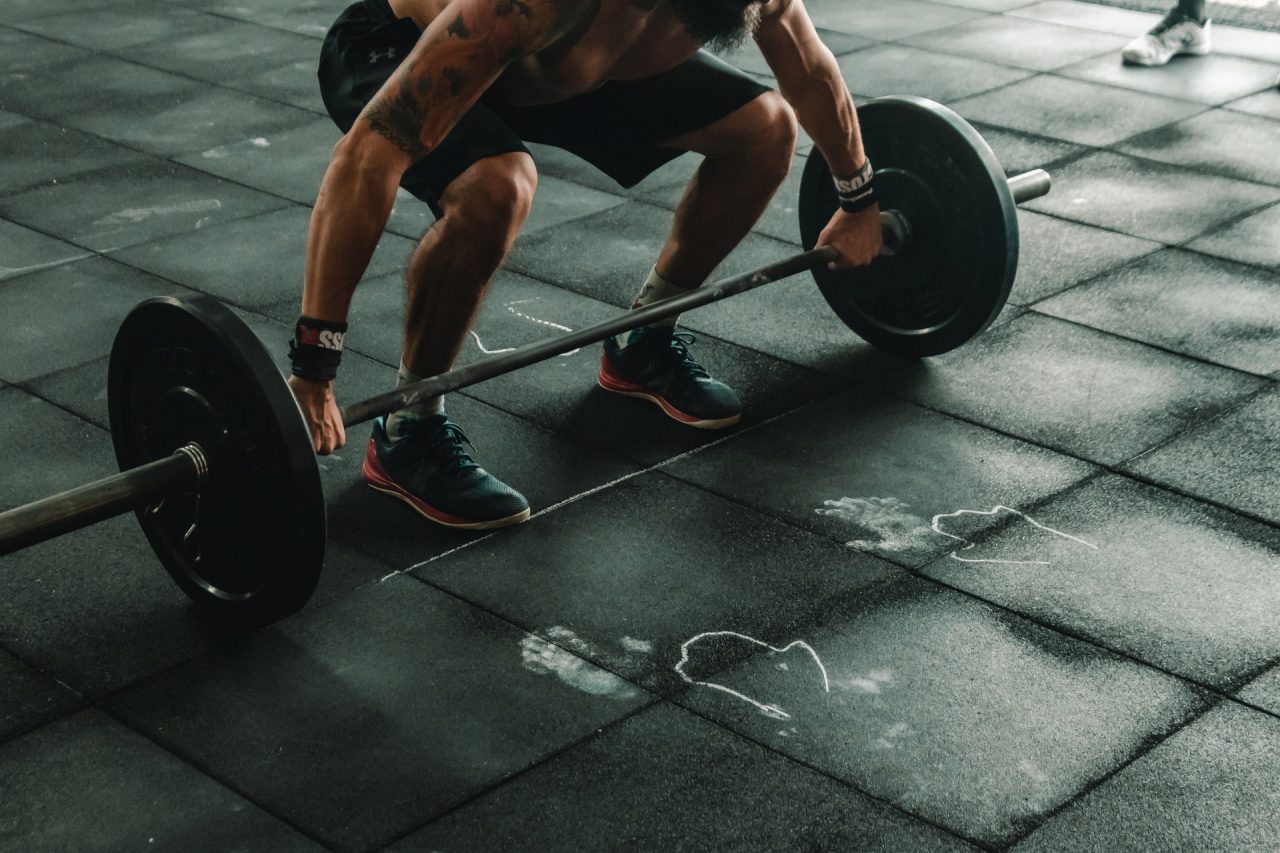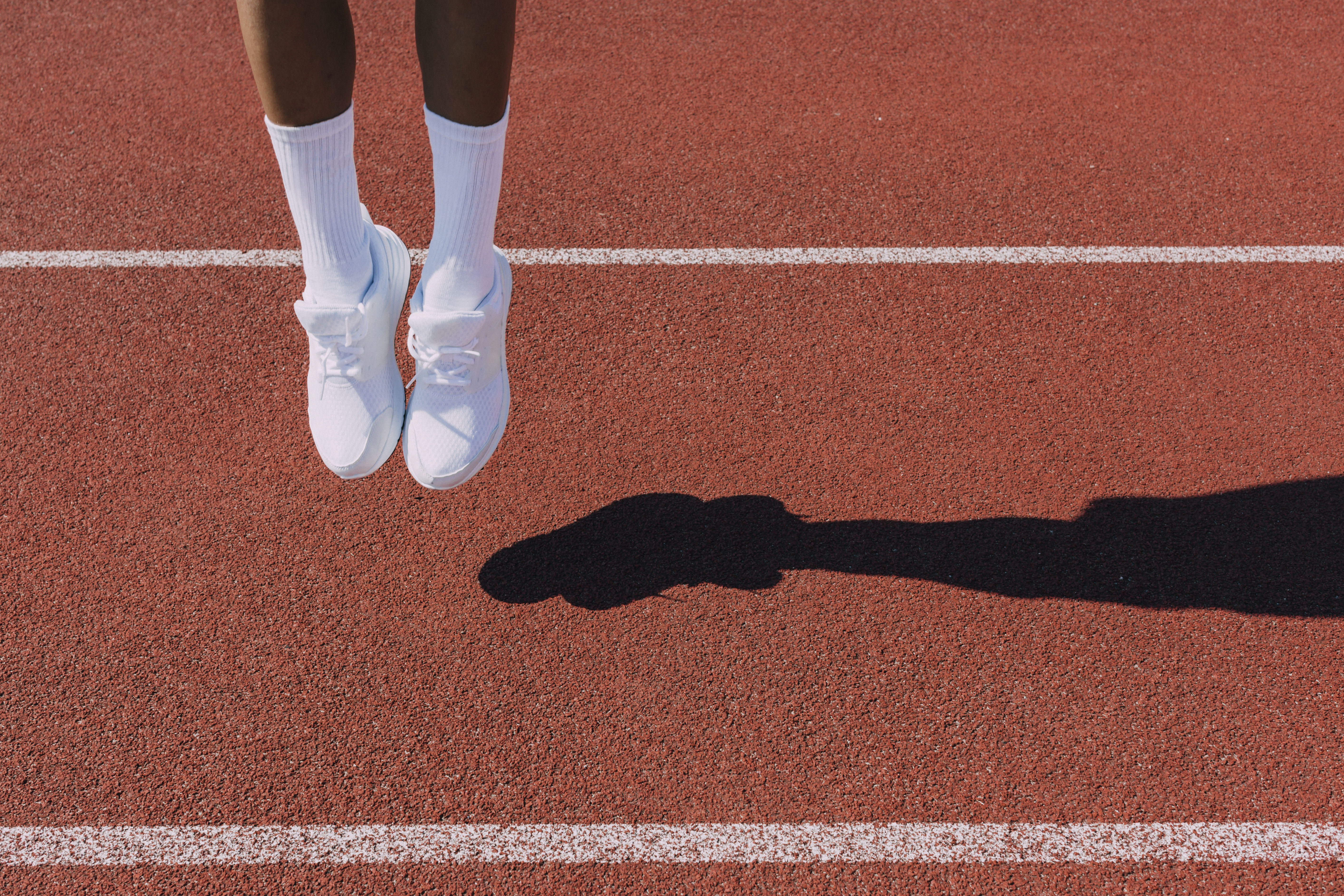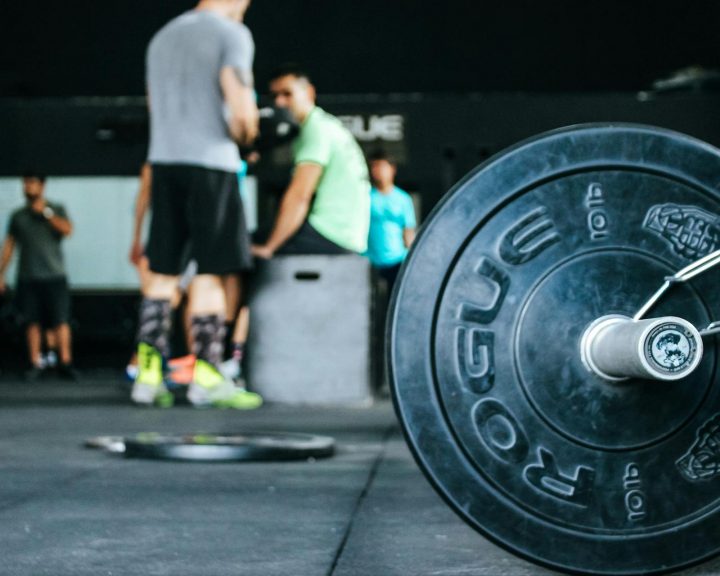Weightlifting is what got me into strength and conditioning. Back when I started out there was no Cross Fit as a result there were more people fencing than doing the Olympic lifts. This created a needed skill set in the strength and conditioning world. Like everyone else back in the day I read every translated Russian, Polish, and Bulgarian weightlifting article and book I could find to learn more about the lifts and programming.
Fast forward almost 30 years and a lot more people are doing weightlifting now. It’s also a tool in a strength and conditioning coach’s toolbox, but today there is so much more than there used to be. However, it’s still interesting to look at the training practices of today’s weightlifters. In the Journal of Strength and Conditioning Research, Winwood et al looked at the competition preparation practices of different levels of weightlifters. They call this the taper. In their study, there are several types of taper:
- Stepwise: immediate reduction that is maintained throughout the taper duration (like decrease volume by 50%)
- Linear: Reduce each week by 20%
- Nonlinear: Reduce week 1 by 50%, week 2 by 35%, etc.
The purpose of this study was to survey how weightlifters taper to prepare for a competition.
The authors studied 146 male and female weightlifters from 20 countries. Athletes completed a survey about them, their training, and their tapering practices. The authors looked at the data a number of ways (total, males vs. females, level of competition – local, national, international). In this blog I’m going to focus on the level of competition.
Results:
- As you’d expect, those athletes who were competing at the highest levels had been training longer both in strength training and in weightlifting.
- Regardless of level of competition, pretty much all athletes are training 5 days/week with an additional day for metabolic conditioning and all training sessions are between 110-120 minutes long.
- Higher level (national and international) are more likely to have a coach (almost 80% of both groups vs. more than 60% of the local level).
- Higher level athletes are less likely to keep a training diary (a little over 60% for international athletes versus almost 85% for local and around 82% for national level athletes).
- All levels of athletes use a taper when preparing for a competition (almost 100% across the board) with a linear or exponential being the two most popular types.
- The average taper length is around 8 days long
- On average, athletes cease training about a day and a half before the competition
- The highest training volume ranges between almost 5.7 and 6.5 weeks before the competition (international was the 6.5)
- The highest training intensity ranged from 2.3 to 2.8 weeks before the competition (international almost 2.8)
- Training volume drops almost 45% during the taper
- The final training session at loads greater than 85% of 1-RM occurs almost 5.5 days out (local level weightlifters) to a little over 6 days out (national and international levels)
- The athletes drop assistance exercises (squats, presses, etc.) 4-9 days out, but continue doing the Olympic lifts up until 2 days out.
Competitive weightlifters reduce their training as they approach competition. This looks like a significant reduction in training volume, a reduction in assistance exercises, and a focus on lower intensities as the competition approaches. In other words, they are focusing on maintaining their strength and their technique without overdoing it as they approach the competition. None of this is new or groundbreaking, in Roman’s “The Training of the Weightlifter” and Medvedev’s “A System of Multi-Year Training in Weightlifting” the authors talk about doing just this as an athlete approaches competition. Now, this is really interesting because about 20 years ago the Bulgarian approach to weightlifting took over (just doing the competition lifts and front squats in training) so this indicates that, at least with the athletes who answered the survey, some of this has relaxed over the last 20 years.
Now, unless you are a weightlifting coach there is not a lot for a strength and conditioning coach to use here. Weightlifters train for a handful of major competitions each year. Hopefully one qualifies the athlete for a national-level event and that one qualifies the athlete for international events. So this is not like preparing for 17 football games or 162 baseball games. Also it’s a lot more difficult to maintain strength and power over a 4-6 month season than over an 8 day taper, so this information doesn’t cross over well to coaching non-weightlifters.
Winwood, P.W., Keogh, J.W.L., Travis, S.K., and H.J. Pritchard. The tapering practices of competitive weightlifters. Journal of Strength and Conditioning Research, 37(4), 829-839, 2023.




